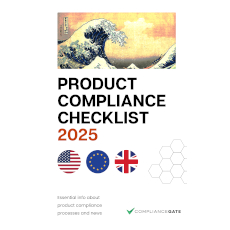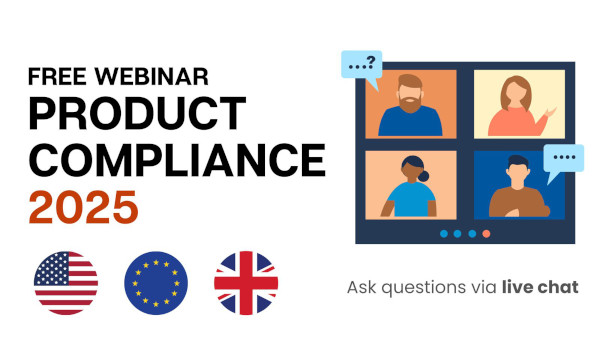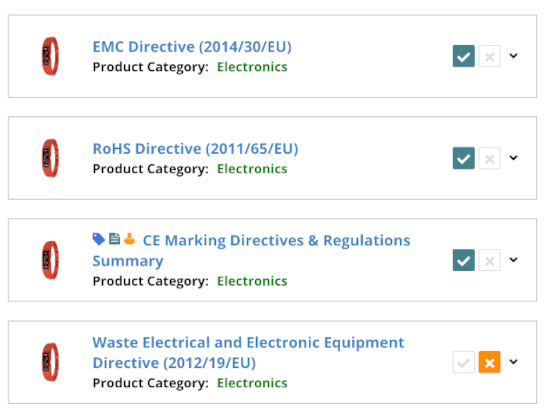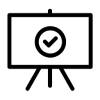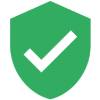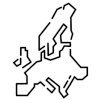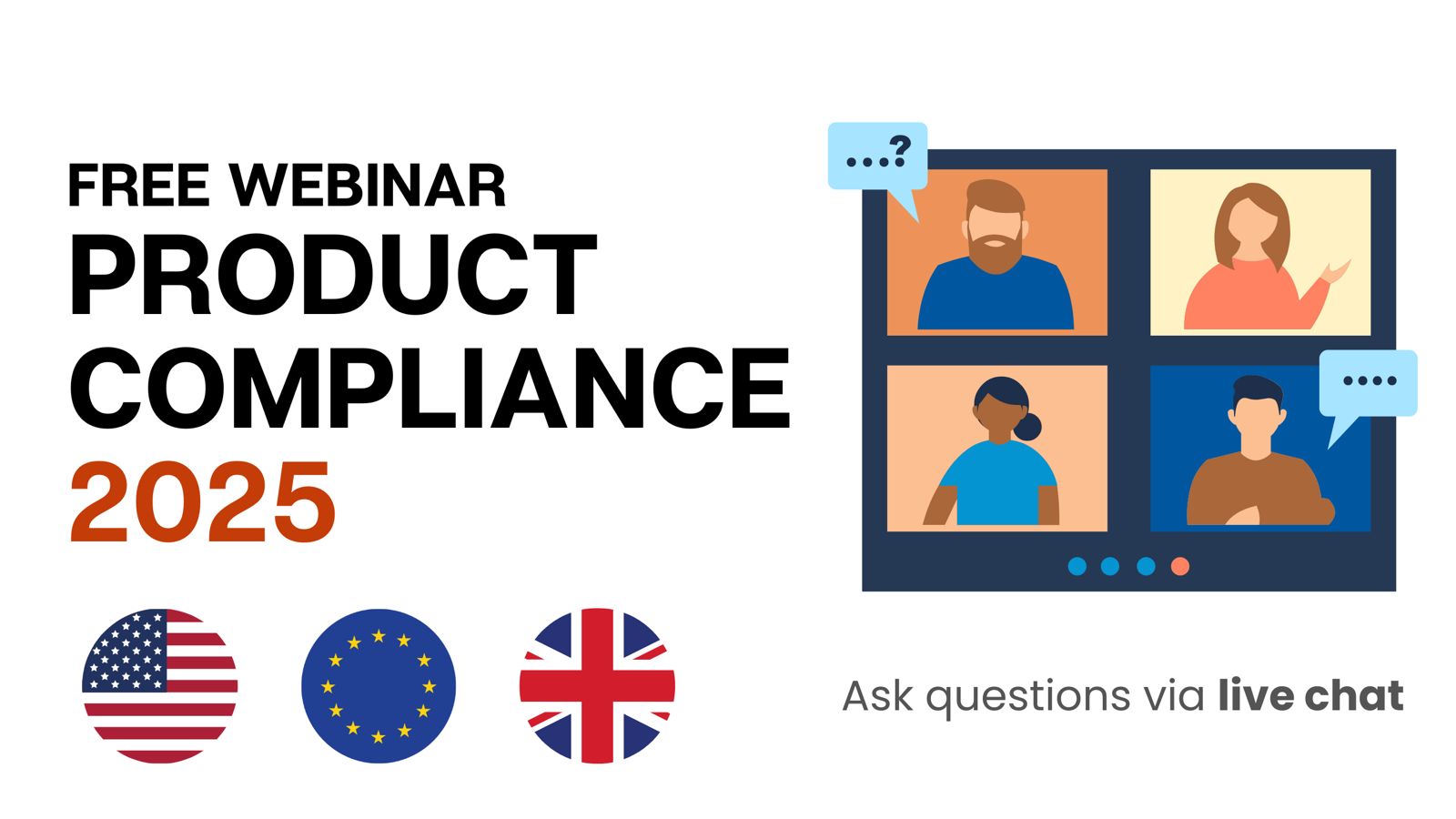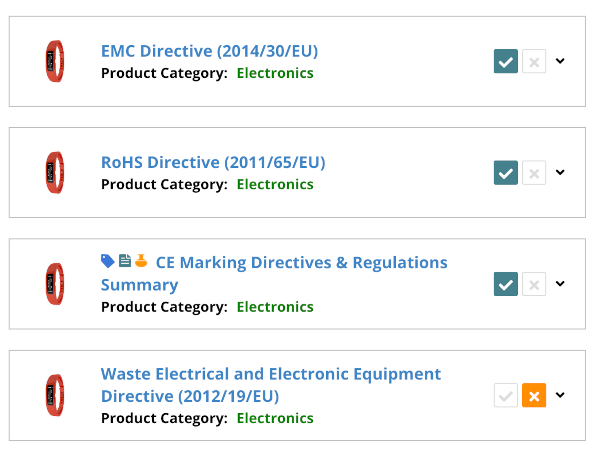
Ensuring compliance with EU regulations and directives requires compliance with applicable product standards. That being said, navigating the maze of harmonised and other standards in the EU can be a daunting task. In this guide, we explain what manufacturers and importers selling in the EU must know about the different types of standards and how these can be implemented in practice.
Content Overview

FREE CONSULTATION CALL (US, EU & UK)
- Request a free 30-minute call with Ivan Malloci to learn how we can help you with:
- Find product requirements
- Certification and labeling
- Lab testing
What are European product standards?
EU regulations and directives often set high-level requirements concerning product safety. For example, the Toy Safety Directive requires that all toys sold in the EU meet a certain degree of safety. However, it does not explain what this means in technical terms. Instead, EU manufacturers and importers must follow product standards that lay out the specifics.
EN standards
EN standards are developed and ratified by European organisations and are generally recognised in the European Union.
Examples
EN 71-1 Safety of toys – Part 1: Mechanical and physical properties
EN 1888 – Child care articles – Wheeled child conveyances – Part 1: Pushchairs and prams
Harmonised standards
Harmonised standards are normally EN standards that are referenced under a certain regulation or directive. Ensuring compliance with applicable harmonised standards normally means that you also comply with the essential product safety requirements under the applicable regulations and directives.
Non-harmonised standards
Not all product standards in the EU are harmonised. For example, EN 1888 applies to baby strollers. Yet, it is not harmonised under the General Product Safety Regulation. However, compliance is still essential in order to ensure that your product is safe. Product standards provide a pathway to achieve that in technical terms.
CE Marking
Products that require CE marking must normally comply with harmonised standards. For example, the Toy Safety Directive requires compliance with EN 71, which in turn covers various aspects of toy safety.
General Product Safety Regulation
The General Product Safety Regulation covers products that are not subject to product-specific regulations and directives. In short, the General Product Safety Regulation requires that all products sold in the EU are safe, and this requires compliance with applicable product standards.
What should I do with a product standard?
Product standards provide detailed technical specifications that must be met. For example, EN 71-1 covers the mechanical safety of toys, which sets requirements for small parts, sharp points, and other factors.
In practical terms, this could mean that you must adjust your technical drawings to ensure compliance and arrange sample testing once you have a prototype.
How do I know which standards apply to my product?
Your first step is to determine which regulations or directives apply to your products. Once this is done, you will need to identify relevant harmonised standards.
You will need to expand your search to other EN or even national standards if no harmonised standards exist for your product.
How can I find product standards in the EU?
There are primarily two methods you can use to find EU product standards.
How to find harmonised standards
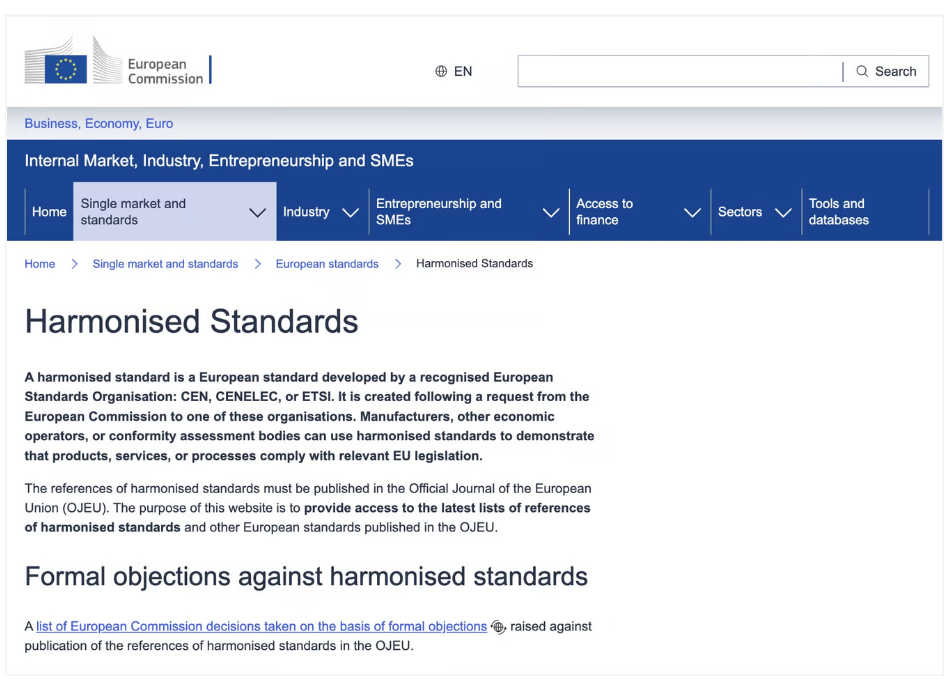
You can find harmonised standards on the European Commission website.
How to find other European standards
You can also search European standards on the CENELEC website or the various national organisations for product standards. You can buy standards both in English and the various European languages.
FAQ
What does presumption of conformity mean?
Some EU directives and regulations refer to a concept called presumption of conformity. Essentially, this means that your product complies with the regulation if it meets the technical requirements defined under a harmonised or other product standard.
What should I do if we cannot find standards for our product?
Product standards do not exist for every single product in the European Union. In such cases, your best option is to identify standards or parts of standards that can still be applied to some extent. For example, some brands selling pet toys voluntarily comply with EN 71-1, which is a children’s toy safety standard.
Where can we buy European standards?
You can buy product standards via the CENELEC websites.
How much do European standards cost?
European standards normally cost somewhere between 100 to 300 euros.
How can we access free European standards?
While EU regulations and directives are freely accessible via EUR Lex, this is not the case for product standards. As such, EU manufacturers and importers must pay to determine how to make their products safe. While it’s understandable that the development of standards is not free, it also creates a barrier for small businesses.
This is in contrast to the United States, where UL and ASTM standards can be accessed for free in read-only versions.
However, Slovenia has recently decided to make some product standards available for free. Hopefully, access will be expanded to other EU member states.
Are ISO standards recognised in the EU?
Some ISO standards have been harmonised under EU regulations, including the General Product Safety Regulation. Here are a few examples:
EN ISO 4210-1:2014 Cycles – Safety requirements for bicycles – Part 1: Terms and definitions (ISO 4210-1:2014)
EN ISO 4210-5:2014 Cycles – Safety requirements for bicycles – Part 5: Steering test methods (ISO 4210-5:2014, Corrected version 2015-02-01)
That said, do not assume that all ISO standards are recognised in the European Union. In general, harmonised or non-harmonised EN standards have a higher “priority”.
The situation is different if you sell a product for which no EU standard exists. In this scenario, an ISO standard may be the only available option.
Are American product standards recognised in the EU?
No, ASTM standards, UL standards, and other US product standards are generally not recognised in the European Union. The only scenario I can think of when such standards would be accepted is if no European standards exist for a particular product.
Are British product standards recognised in the EU?
The United Kingdom is still a member of CENELEC, which develops standards. Our understanding is that most British standards are still based on EN standards, which are recognised in the European Union.


